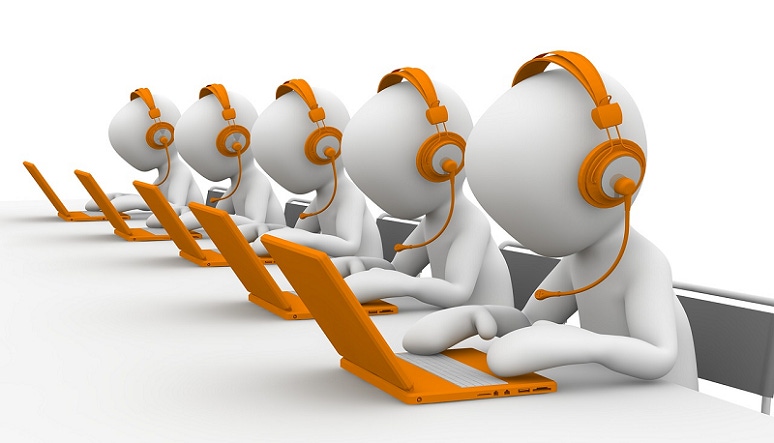Outbound Call Centers: From Robocalls to GamificationOutbound Call Centers: From Robocalls to Gamification
Noble Systems' Chris Hodges discusses the value of outbound calling technology and gamification in the call center.
December 20, 2018

When discussing outbound call centers, many people think of robocalls, the frustrating outbound calls you likely don’t want to receive from companies with which you likely don’t have any relationship. But putting robocalls aside, there are plenty of valid reasons for outbound call centers.
An outbound call center is one where agents make outbound calls (manually or automated) to former or present customers on behalf of a business, government, political or charitable organization, or client. Calls made from the center may involve telemarketing, sales, or fund-raising. Other calls may include contact list updating, surveys, or verification services.
Outbound Technology
To learn more about outbound calling products, especially given the introduction of GDPR in the EU and CCPA in California, I contacted Chris Hodges, SVP of Sales and Marketing at Noble Systems. Hodges has 35 years of experience in this field, and his company Noble Systems has received the 2018 Market Leadership Award for Outbound Dialing Systems from Frost & Sullivan, making him an excellent resource on the topic. I asked Hodges several questions about outbound technology’s value and his responses follow.
 What is the value and benefit of outbound dialing?
What is the value and benefit of outbound dialing?
Outbound dialers improve business outcomes by empowering agents with the tools to be more efficient and productive. Sales, debt collection, telemarketing, cross-selling, and market research are a few everyday examples of the numerous use cases for which these solutions apply.
For contact center agents, call management, list control, and workflow management reduce idle time by increasing right-party contacts and first-call resolutions. For contact center managers, real-time monitoring capabilities provide supervisory control and the visibility to observe agents, ensuring quality and accuracy.
A significant business benefit of outbound solutions is compliance; tier-1 offerings are compliance-ready for “Do-Not-Contact” laws and legislative regulations like TCPA and the Federal Trade Commission’s (FTC) Telemarketing Sales Rule (TSR). Violating these regulations can result in heavy fines.
What about GDPR in the EU and CCPA in California?
Solutions should be built with data security and encryption to ensure personal customer data stays private. For GDPR specifically, organizations that leverage technology manage their customers’ data and lists, so handling is subject to their internal standards and processes. In fact, we only need an individual’s phone number; our customers can store sensitive information locally and access as needed. The database should be tailored to include fields that store communications preferences, such as opt-in/opt-out, which can be filtered when building lists.
CCPA regulations overlap – though not entirely – with GDPR compliance. As such, many of the requirements will be addressed directly by our customers when the January 2020 compliance deadline arrives.
What is gamification and how does it help the agents?
Gamification is a unified employee engagement platform designed to increase agent productivity and reduce attrition in call centers. The call center platform should offer integrated gamification for learning and coaching, and leverage machine learning to predict score card success.
Gamification clarifies for agents what is expected of them, rewards them for achieving targets, and ensures employee activity is positioned to realize company objectives. Gamification creates engagement for personnel -- from the CEO and executive leadership to agents, supervisors, and line-of-business managers.
How do you measure gamification success?
Every enterprise has specific needs that are unique to its contact center, and as such, each business measures performance differently. Common success indicators include increased productivity, decline in employee turnover, higher profits, reduced training costs, improved employee morale, and accelerated learning.
Customers value gamification’s ability to prevent attrition in contact centers with employee engagement strategies that incentivize and motivate agents, as well as increase loyalty. This is especially important as retaining talent is a top priority for organizations of all sizes and in all markets.
As an example, three months after going live, Sekure Merchant Solutions achieved greater revenue and profitability than ever before through gamification. Efficiency skyrocketed. Sekure calculated it saved 1,500 management hours. Supervisors hit their team goals 40-60% more often, reduced deployment costs by $35,000, and first-day, on-the-job exit interviews asking new hires if they understood their goals, shot up from a before-rate of 45% to 90% after implementing gamification. Sekure’s gamification campaign also affected operational metrics, including a sharp decline in agent turnover.





